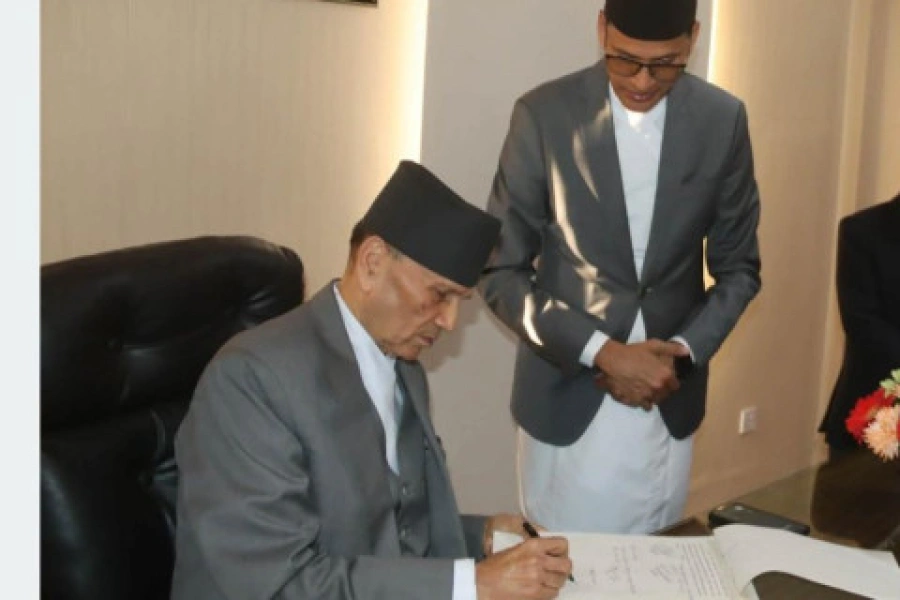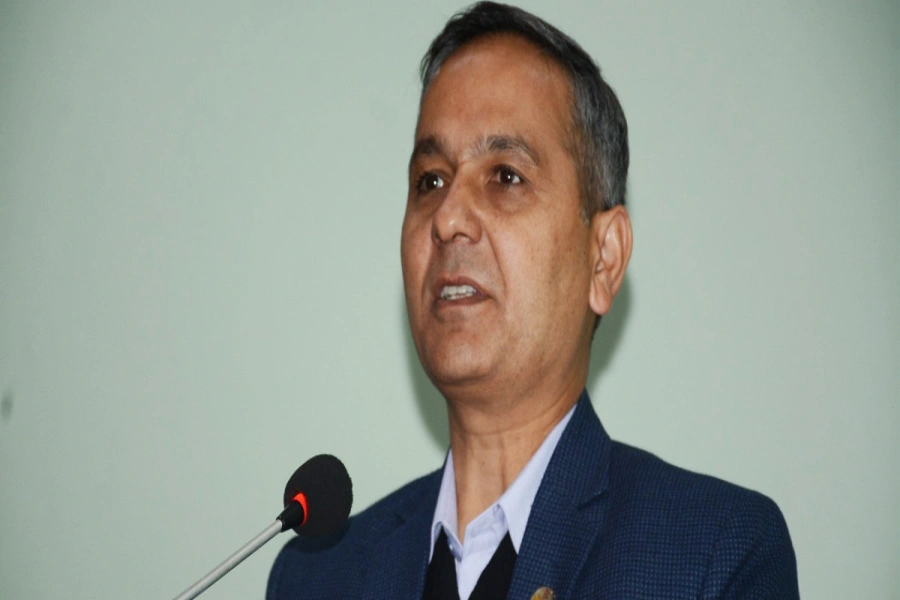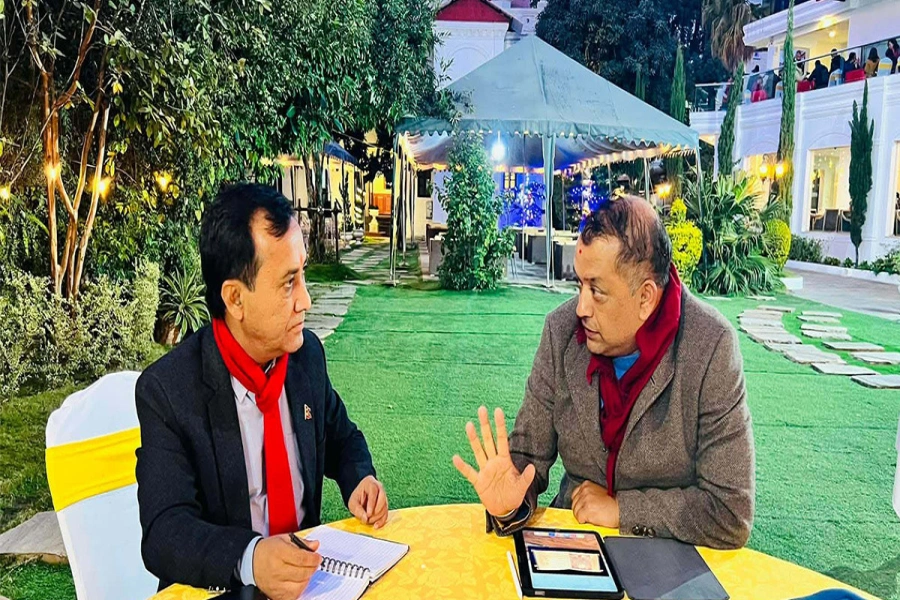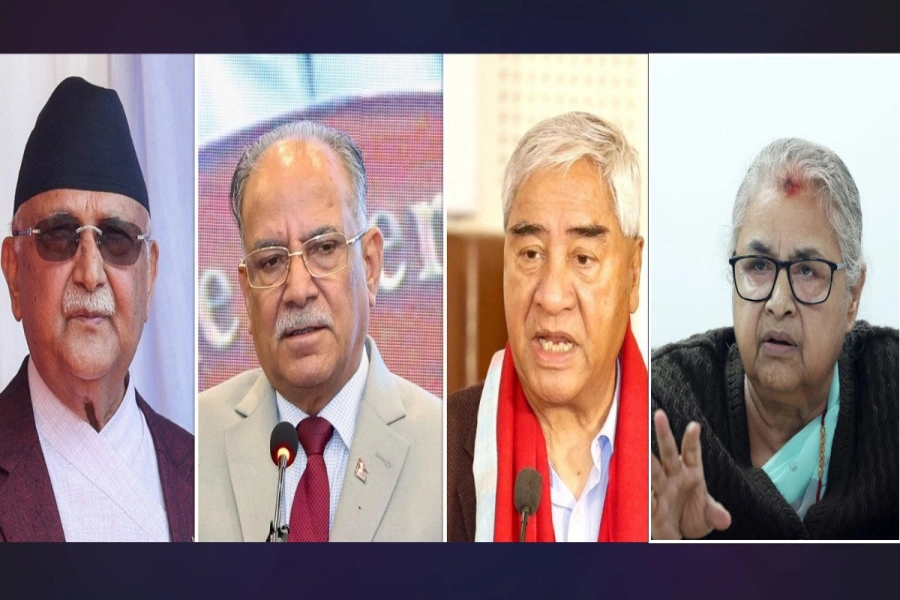In one of my previous articles, I had written about how the private sector should look to produce high quality goods for the Chinese market, while the government should work to remove supply-side constraints (“Overcoming obstacles,” May 21, 2012). The ever-widening trade deficit with the northern neighbor has made us think hard. Apparently, Nepal is going to ask China for support on development of cross-border infrastructure in the scheduled bilateral high level meeting that kicks off this week. But that is not exactly the core area where we need foreign assistance at the moment, although these factors have certainly contributed to low volume of trade with China.
Less red tape and constant electricity supply are fundamental to Nepal’s growth and to eventually boost export volume to partner countries including China. Power shortage has badly hit the country’s production system. All of the proposed agendas for the Nepal-China high level meeting are important, but these are secondary when we don’t even have enough electricity and hassle-free bureaucracy, alongside consistent policies to lure investment in hydropower sector.
Nepal is pushing agendas such as upgrading of Bhaktapur-Tatopani road, customs simplification, upgrading customs points, establishment of cross-border economic zone in Jielong and Rasuwagadhi and special economic zone near northern border and addressing the ballooning trade deficit with China. Yes, there are non-tariff barriers (NTBs) that hinder bilateral trade between Nepal and China. But before that we have to think about whether we can penetrate the Chinese market without first removing our supply side barriers. In my view, smooth supply of power in the industrial corridors should be our first and foremost priority.
China provides duty-free access to 7,787 goods from the least developed countries (LDCs) including Nepal. We have not been able to tap into this benefit due to our weak supply capacity. An acute shortage of electricity in domestic market has held us back. This is the reason the focus this time should be on the prospective Chinese investment on the 750 MW West Seti Hydropower project. The effort that we put into the development of the 18-year-old West Seti project will help us in various ways, and more than the development of other infrastructure in border regions will.
West Seti’s developer, Beijing’s CWE Investment Corporation (CWEI), a subsidiary of the China Three Gorges Corporation, is in a wait-and-see mood after the CA’s historic failure. The project’s development largely depends on the country’s political course. This calls for keeping our house in order—holding election on time, promulgating a constitution and eventually attracting foreign investors. The political leaders who will be with their Chinese counterparts at the bilateral meeting should, while seeking different kinds of assistance, be able to clearly articulate what Nepal can do to promote Chinese business interests. Especially in bilateral trade talks, it is vital that each side’s core economic interests be openly discussed.
Trade Policy 2009’s first objective is to promote industrial development and expand export in international market. In a bid to synchronize our talks with bilateral trade partners and country’s larger policy framework, we need more energy.

Republica
A close look at our export basket is disappointing. What we have is minimal: investment in customs points and transportation is meaningless until we don’t have strong production capacity. Penetrating Chinese market is tough for a country like Nepal which imports petroleum products, which amount to more than double its total exports to India.
Despite the huge potential in China, Nepal’s export to the country has been continuously declining for more than a decade. There are different reasons but the most crucial is our incapability in upgrading the production chain. Nepal and China have signed more than a dozen bilateral agreements to boost bilateral trade. Expansion of transportation facilities and upgrading customs points between the two countries will only help unscrupulous traders import Chinese goods and re-export them to other countries if we fail to strengthen our supply side capacity.
Hydropower development can also help us exploit the service sector, which is in a comparatively better shape. Again, decent electricity coverage is pre-requisite for the development of service sector. Moreover, we have to focus on identifying bottlenecks limiting hydropower development.
It is important that Nepal-China high level meeting focuses on the all-important issue of hydropower development.
The author is associated with Republica’s business bureau
TOD data may have been lost or misplaced, but we will collect t...





































